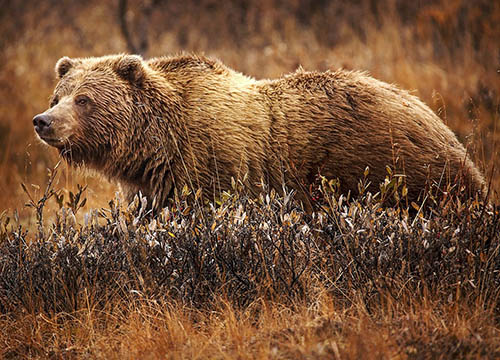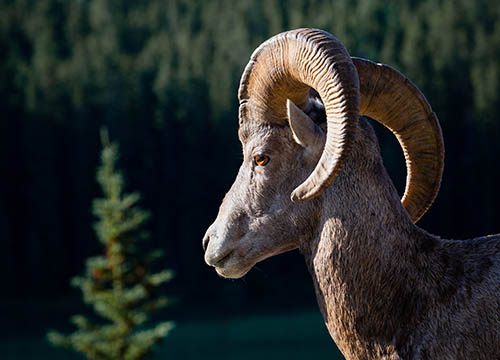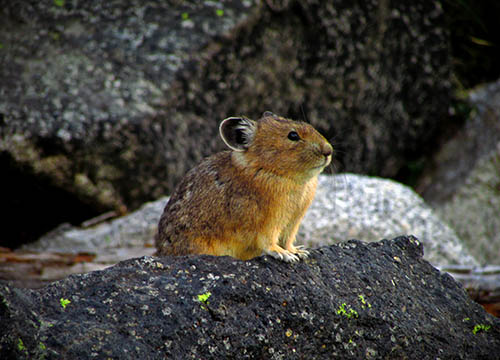Accordion
Accordions are a graphical control element comprising a vertically stacked list of items. Each item can be "expanded" or "collapsed" to reveal the content associated with that item.
Accordions can contain multiple Groups and each group can be divided into Sections. Each Section makes up the "collapsible" or "expandable" content.
Accordions are useful if you need to give users access to a large amount of information, such as FAQs. Organizing information in an Accordion can shorten the length of a page, while still giving the user access to any information they may want.
This block is not ideal for organizing something like a list of forms. For something like that we suggest the Additional Resources block.
Video: Accordion/Tabs Tutorial
- Create the block.
- Click Add Content in the Top Menu Bar.
- Select Blocks > Row Blocks > Accordion-Tabs.
- Advanced Options.
- Next select the heading level (h1, h2, h3, etc.) that you want for the Group Heading.
- Group.
- Enter the text you want for the Group Heading. This will appear at the top of the Accordion.
- You can make more than one Group. If there are multiple Groups in one block, they will be stacked vertically on top of each other.
- To create a new Group, click the green + symbol at the top right of the Group section.
- Section.
- Enter the title for each Section.
- Add content in the WYSIWYG editor.
- To add a new Section, click the green + symbol in the top right of any Section.
- Submit.
- When you have added all the content, click the blue Preview Draft button in the top right of the editing window.
- Then click the blue Submit button in the top right of the editing window.
- Attach the block to your page.
- Select or create the Row you want to attach the Block to.
- Set the Row Content Type to Row Block.
- Click the Choose Block button in the Block field and navigate to and select the Block you just created.
- Click the blue Choose button in the top right.
You're done! Now you can preview your changes. Please see below an example of an Accordion block.
Animals of Montana - Accordion
The grizzly bear (Ursus arctos horribilis), also known as the North American brown bear or simply grizzly, is a large population or subspecies of the brown bear inhabiting North America.
Multiple morphological forms sometimes recognized as subspecies exist, including the mainland grizzly (Ursus arctos horribilis), Kodiak bear (U. a. middendorffi), peninsular grizzly (U. a. gyas), and the recently extinct Californian (U. a. californicus) Mexican (U. a. nelsoni) and Ungava-Labrador grizzlies (U. a. ungavaesis).
On average, bears near the coast tend to be larger while inland grizzlies tend to be smaller.The Ussuri brown bear (U. a. lasiotus) inhabiting Russia, Northern China, Japan and Korea is sometimes referred to as the black grizzly, although it is a different subspecies from the bears in America.
From the Grizzly Bear article on Wikipedia

The bighorn sheep (Ovis canadensis) is a species of sheep native to North America. The species is named for its large horns. A pair of horns might weigh up to 14 kg (30 lb); the sheep typically weigh up to 143 kg (315 lb). Recent genetic testing indicates three distinct subspecies of Ovis canadensis, one of which is endangered: O. c. sierrae. Sheep originally crossed to North America over the Bering Land Bridge from Siberia; the population in North America peaked in the millions, and the bighorn sheep entered into the mythology of Native Americans. By 1900, the population had crashed to several thousand, due to diseases introduced through European livestock and overhunting.
From the Bighorn Sheep article on Wikipedia

A pika (/ˈpaɪkə/ PY-kə; archaically spelled pica) is a small mountain-dwelling mammal found in Asia and North America. With short limbs, very round body, an even coat of fur, and no external tail, they resemble their close cousin the rabbit, but with short rounded ears. The large-eared pika of the Himalayas and nearby mountains is found at heights of more than 6,000 metres (20,000 ft), among the highest of any mammal.Pikas prefer rocky slopes and graze on a range of plants, mostly grasses, flowers and young stems. In the autumn, they pull hay, soft twigs and other stores of food into their burrows to eat during the long cold winter. The pika is also known as the "whistling hare" for its high-pitched alarm call when diving into its burrow.
Taken from the Pika article on Wikipedia.

